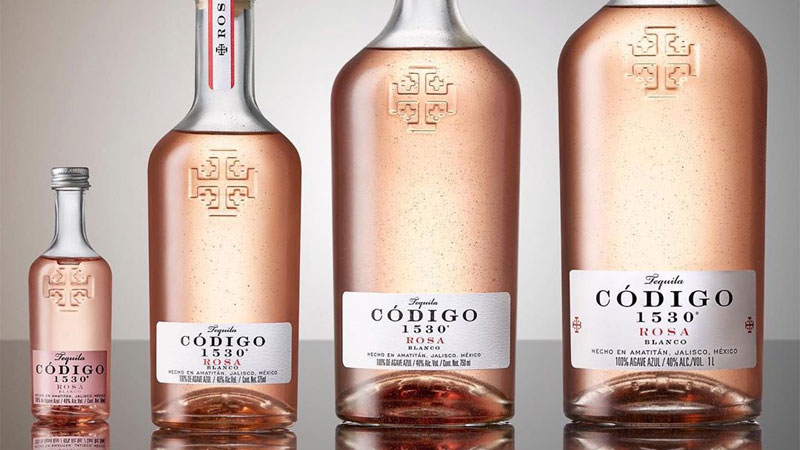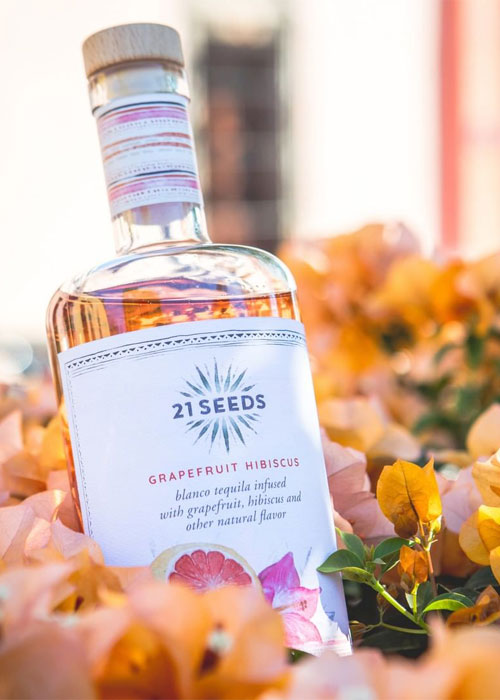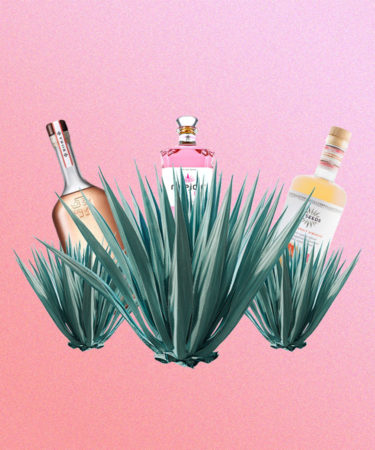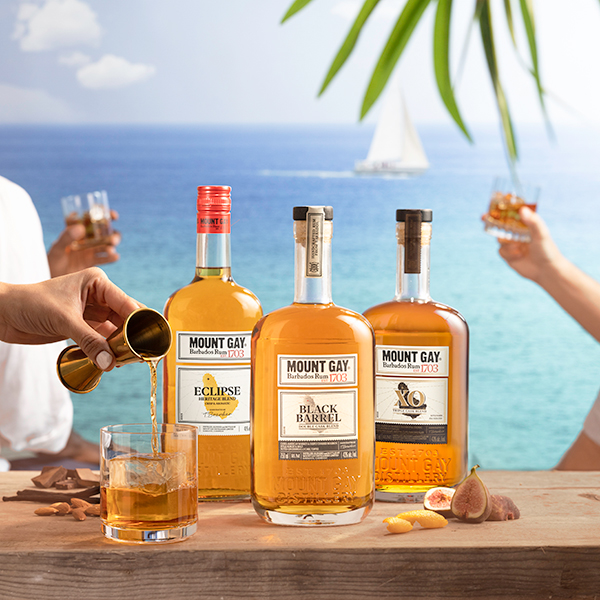Rosé wine has been unofficially ushering in summertime for several years running. According to Impact Database, U.S. sales of rosé increased to 18.7 million cases in 2018, and are expected to reach 20 million cases this year. As the “rosé lifestyle” continues to draw millions of drinkers each year, spirits brands are catching on — and jumping on the Provencal-styled notion of “rosé all day” with their own interpretations.
Spirits producers have taken notice of rosé’s popularity, and in turn have been introducing rosé-inspired spirits. Vodka, gin, cider, craft beer, and even hard seltzer have had their own pink makeovers, enticing consumers to indulge in their favorite beverage with an upgraded blush accent.
So what does one do if they’ve got love for both rosé and, say, tequila?
Enter: rosé tequila.
By (loose) definition, a true rosé tequila starts as a blanco tequila and is aged in red wine oak barrels for a short period of time. The additional aging gives the tequila an opportunity to absorb the flavor and color of the wine-soaked casks. If those casks aren’t handy, some brands use additives such as fresh rose petals, pink peppercorns, pink grapefruit, and strawberry extract in order to achieve the beloved rosé sheen.
Although several spirits have entered the market with rosé in their names, not all actually contain rosé, or even claim a direct connection to wine. However, drinks professionals tend to agree that when looking for an authentic rosé tequila, the maturation in oak barrels is what sets it apart from the imitators.
“Over time, wine penetrates about 3 to 4 millimeters into the barrel, and so if you put a spirit (like tequila) inside, it will pull color because of its high alcohol content,” says Christopher Hoel, founder of Harper’s Club and expert curator for Wine Insiders and Martha Stewart Wine Co. Hoel continues: “Oak barrels are used because they allow a very small amount of oxygen to enter into the barrel and, subsequently, the wine. This integration of oxygen and wine over time causes the hard edges of the wine (tannin) to soften while preserving the fruit and floral aromas.”
One brand that accomplishes this is Codigo 1530 Rosa. Launched in 2017, Codigo 1530 Rosa is a blanco tequila that matures for one month in un-charred Napa Valley Cabernet French white oak wine barrels. That extra time in oak not only gives it a pinkish tint, but a floral finish courtesy of the Cabernet grapes.

Prior to Codigo 1530 Rosa’s debut, several other tequila brands tried to achieve rosé marketability, some succeeding. Gran Centenario Rosangel Hibiscus Tequila, launched in 2009, was infused with hibiscus flowers and aged in Port barrels, giving off a vanilla flavor in the finish. Caramba Pink Silver Tequila, dubbed “the world’s sexiest tequila,” was infused with Bordeaux wine and aged in-bottle for six months. Asombroso La Rosa Reposado is another tequila that spent three months in French Bordeaux barrels — it’s also the brand’s most popular bottle.
Additionally, there are brands that have used “rosé” as inspiration for fresh, fruit-forward flavors. 21 Seeds Grapefruit Hibiscus Tequila is infused with fresh grapefruit in order to achieve a fresh, citrus flavor. While far from pink in color, El Rey Tequila Silver has two flavors — Strawberry and Hibiscus — that each offer an added berry sweetness to their silver tequila. Aha Yeto Diva Tequila Plata Rosa, while created with women in mind, hasn’t been as successful as grabbing the attention of its intended feminine audience. Finally, Mejor Pink Tequila isn’t infused or flavored, but it is a tequila that has been colored with the intention of luring women consumers.

“From a branding and marketing perspective, I think retailers have tapped into this marketability of rosé wine as being bright, fun, and femme-forward — often playing to this new generation of emerging drinkers as an accessible wine directly associated with levity and fun,” says Kisira Hill, Chicago-based bartender and visual curator for Radical Xchange, an experience-based content agency. “Young 20-somethings, myself included, have stepped into a drinking culture that is eager to get in our good graces because we spend, we party, and we are masters of brand culture awareness.”
When it comes to making cocktails with rosé tequila, Hill suggests playing on the strengths of both tequila and rosé wine. “I immediately think of a bright and floral sparkling wine cocktail — a unique twist on a French 75,” she says. “A strawberry tequila Daiquiri or pairing mezcal and the [Codigo] Rosa tequila in a cocktail is the epitome of fun in the sun. The relationship between grapes, wine barrels, and un-aged spirits has amazing potential.”

